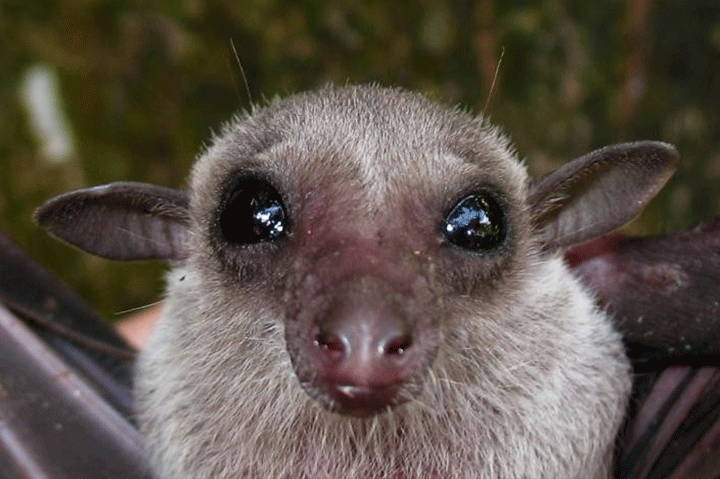As trees are cut and climates shift, can the animals of Borneo be saved?

As the third-largest island in the world and the largest island in Asia, Borneo stands out as a hotspot for biodiversity, and there is no question that Borneo's many rare species are in trouble, Science Daily reported. And yet -- with targeted conservation measures -- there's hope, according to researchers who predict changes to the Bornean landscape over the next 65 years in the Cell Press journal Current Biology on January 22.
"Only a modest amount of additional land on Borneo--about 28,000 km2 or four percent of the island--would be needed outside of existing protected areas and reserves to safeguard many mammal species against threats from deforestation and climate change," says Matthew Struebig of the University of Kent in the United Kingdom.
As suitable habitat shifts upland, higher elevation reserves will continue to grow in importance, adds Andreas Wilting of Leibniz Institute for Zoo and Wildlife Research in Germany. The logging industry is in a position to play a major role in tropical conservation efforts, given that they manage most of the land in question.
Struebig, Wilting, and their colleagues took a novel approach to assessing Borneo's future in the new study. "Few forward-planning conservation assessments consider both the effects of climate change and land-cover change on tropical biodiversity, because land-cover change is difficult to predict reliably," Wilting explains.
The researchers overcame that hurdle by using a deforestation model to predict where forests will likely be lost over time. They also enlisted a global network of tropical mammal experts to quantify and map a suitable habitat for each species.
For the complete article, see here, and read the abstract of the study here. Daemeter contributed data that assist in the writing of this study. Photo courtesy of Matthew Struebig, Durrell Institute of Conservation and Ecology, University of Kent.
